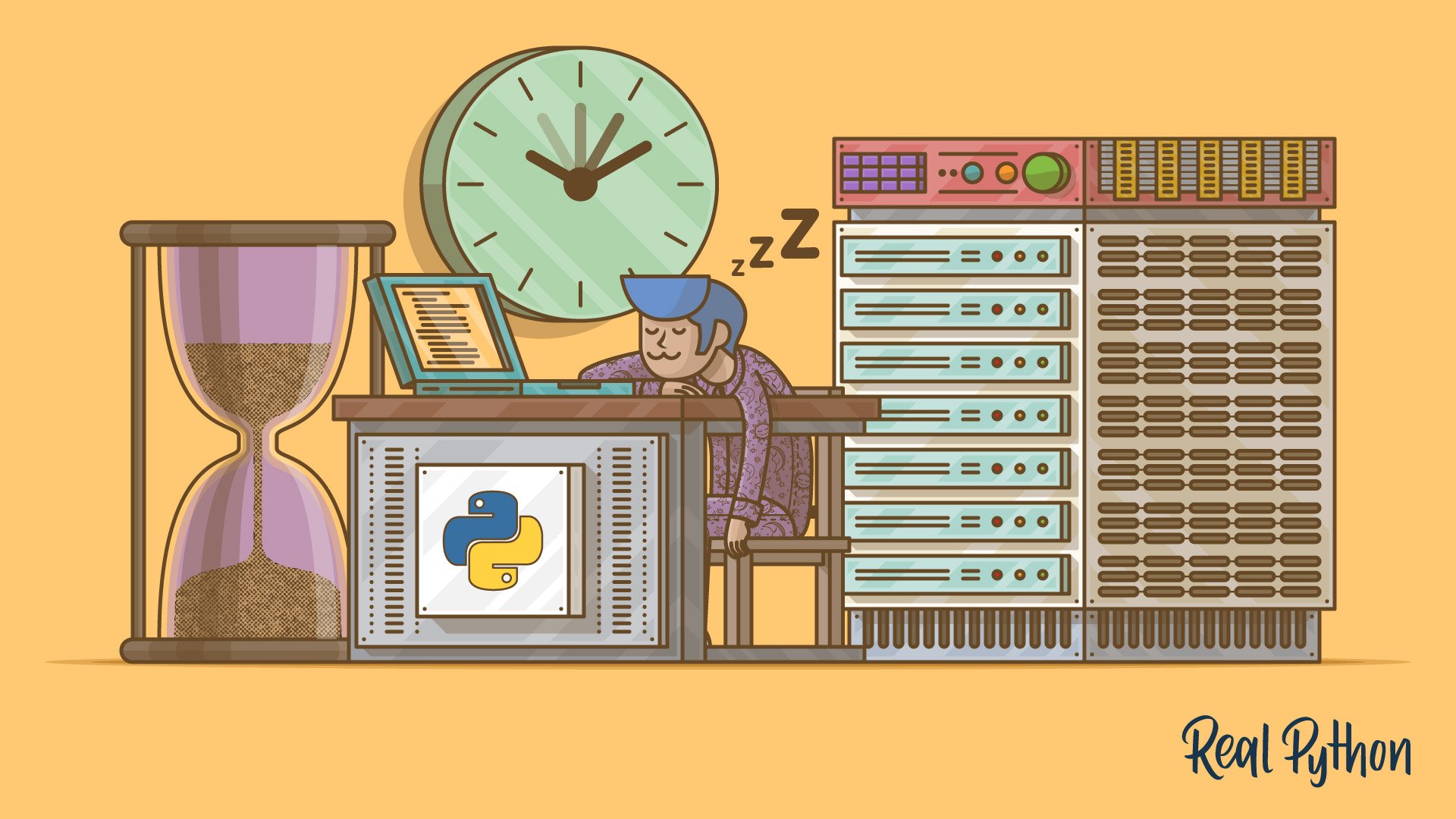
Typical use cases facilitated by centralised log management solutions are:

Besides a centralised log management solution, also a systematic and comprehensive approach is required to be able to analyse log data from the entire infrastructure stack. A Log Management solution is required to centralise, correlate and analyse all log files, to ensure that data hidden in logs are turned into meaningful, actionable insights. Per contra, ingestion log data from different source points is leading up to implications arising by non-standardisation, which makes it exceptionally hard or even infeasible to analyse log events side-by-side without a tool. First and foremost, a holistic view of log data generated across the enterprise infrastructure eliminates the complexity and is much more powerful than analysing log data in isolation.

content, format, or severity – leading to each system, application or network generating different log files in different formats.Ĭentral Log Management is critical and essential when organisations become steeped in the mindset of moving towards Cloud Computing and light-weight micro-service architectures. Yet, there is no standardisation on the extension of the log files or the schema of the log data i.e. NIST categorises log events in 3 types: security software-, operating system- and application logs. Source system – the apparatus creating the log file.Timestamp – the time and date the message was generated.

In general, a log file consists of 3 attributes:
#PWGEN IN JAVA SOFTWARE#
Logs or log files can be described as the lingua franca of a computer system, software and other network apparatus emitted in response to an event occurring within a system or network.
#PWGEN IN JAVA FULL#
In many ways, organisations embarking on the journey to this paradigm shift – successful development and operations comes down to successful Log Management to grant full visibility into the health of micro-service environments and fulfil logging and monitoring requirements for compliance. As micro-services run on multiple hosts, log messages generated by micro-services are spread across multiple servers – making it exceed human abilities to find valuable information or permit tracking errors to their source for correction, amidst many logs files (without even mentioning auto-scaled environments). Moreover, the structured and semi-structured log data entails being parsed, normalised and analysed in real-time.

Not only sheer the volume of interconnected data points across modularised/ distributed systems is to be considered. Distributed logs, including the proliferation of instances and containers, are making log management and monitoring much more of a challenge. Today’s change in technological and methodological developments to Cloud Computing, Continuous Integration/ Continuous Delivery (CI/CD) and DevOps – together with the shift from monolithic to lightweight micro-service architecture pattern, is enabling organisations to speed up development and deployment production applications.Ī paradigm shift that also comes with shortcomings.


 0 kommentar(er)
0 kommentar(er)
